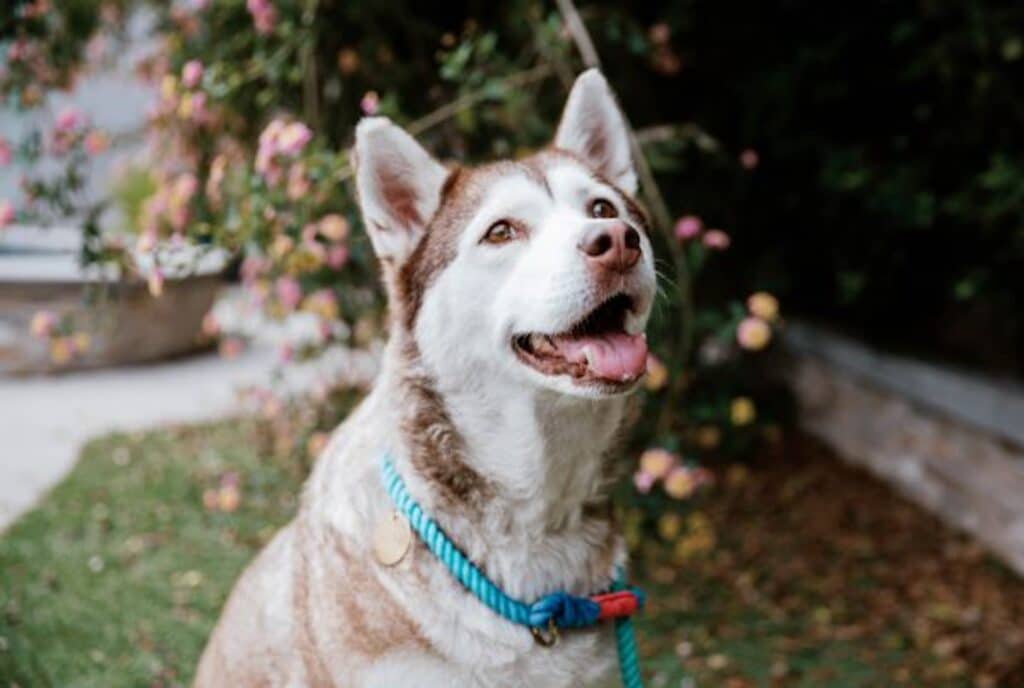Where Creativity Meets Culinary Craft
Nestled within the iconic Saks Fifth Avenue, Hoseki represents more than just a dining experience—it’s a testament to culinary innovation and personal authenticity. At the heart of this extraordinary omakase restaurant is Chef Morgan Adamson, a trailblazer who is quietly reshaping the traditional landscape of Japanese cuisine.
What inspired you to pursue a career in omakase? Especially because it is such a traditional, male-dominated field.
“Well, the first restaurant that I worked at in Michigan was a Japanese-Korean fusion restaurant, and the head of the line was actually a black female. Since there’s not a ton of diversity in my hometown so I didn’t realize that it was a unique situation.
Later on I decided I wanted to go to a French culinary school, so I moved toward the school and thought that’s what I was going to do until it shut down because of the pandemic. And so I thought to myself, the only thing I do know how to do is sushi.
When I was looking at places I wanted to work at, Kissaki was hiring. Their executive chef at the time was a Hispanic chef from Chicago, so I didn’t know that it was going to be weird for someone like me to work there. When I came in for the first time, the chef who had interviewed me was in the Hamptons, so when I came into Kissaki, it was me and a variety of Asian chefs”.
How do you insert your own twist into what you can consider a traditional omakase course?
“So, of course I’m starting from where I already know, and what I’ve learned from other sushi chefs. And, some of it is about storage also, and what I’m limited by in this space, and how that forces me to be creative in that way.
As far as sourcing goes, I had never done my own sourcing. I started listening to other chefs that I admired and seeing where they were getting their fish from, and some of them were sourcing locally. I’d never worked with local fish before, and it felt right in the name of having fish not having to travel as far, and doing something that felt more true to me. I’m American, so yeah. Using something local felt more right.
I feel like if you’re authentic, if you’re just being as honest as you can, that’s all you really can do. So instead of pretending to do something or know something I don’t know about, I found it easier to learn something that was true to me and true to what I’m, you know, learning for myself.”
What influences do you bring to this style?
“I think obviously, because I can’t help it, I bring an American palette so I’m using salts a lot. Salts are really good for cleansing and flavor, and bringing a little bit of interest because I’m using different types of salt, like ghost pepper salt, or licorice salt. I think that adding salt is interesting and subtle, but also more flavorful, because I think that the American palette craves it.
I think we also get a little spicy here in comparison to traditional Japanese. I mean wasabi’s spicy, but then here we use ingredients like Thai chili in combination with the salt. “
What inspires you as a person outside of Omakase?
“I love Salsa dancing. Yeah, I’m really into salsa dancing. And also, I like anything creative. I quilt a lot too and that’s something I’m really into. Working with my hands, it just feels really relaxing, being physical in that moment just feels like it takes you away. That’s how I feel at work, too. When I’m coming in prepping, I just can’t wait to be here and cut some fish.”
How do you let your other passions influence your career and your choices?
“I see a lot of similarities in both areas. It’s just like being quiet with yourself and being able to be creative. And it’s really nice to have control over that too.
It’s like when I’m making a quilt, it’s functional and I can design it however I want it to be. But then there’s a lot of rules with it too with quilting, and same with salsa. So it’s like, here: this is how you do it, and then like you can kind of bring your own twist. I see the menu that way, and put my touch on it.”



















